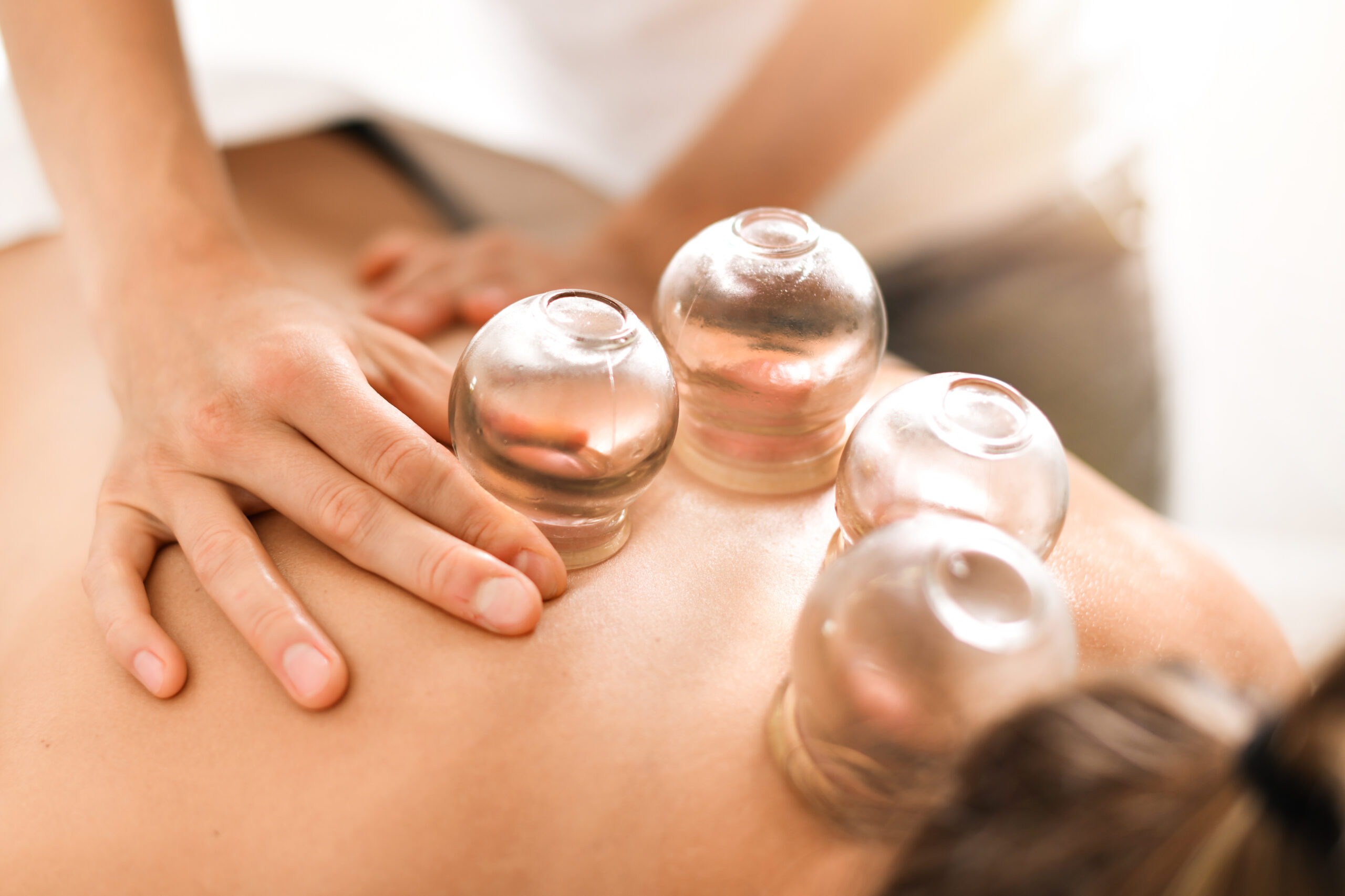Cupping therapy has been practiced for centuries in different cultures, and recently, it has gained attention in the chiropractic field as an effective treatment option for various musculoskeletal conditions. Chiropractors use cupping to complement their manual manipulation techniques, enabling them to address a broader range of patients’ needs. In this article, we will discuss how chiropractors use cupping therapy, its benefits, and the types of cupping techniques available.
Cupping is a form of alternative medicine in which suction cups are placed on the skin to create localized negative pressure, pulling the skin and underlying tissues upward. This suction effect helps to increase blood flow, release muscle tension, and promote healing in the affected area. Chiropractors often use cupping as an adjunct therapy to spinal adjustments, massage, and other manual therapies.
There are two primary types of cupping techniques used by chiropractors: dry cupping and wet cupping. Dry cupping involves the application of suction cups on the skin, while wet cupping involves making small incisions on the skin before applying the suction cups. Both techniques have their unique benefits, and chiropractors may choose one or a combination of both based on the patient’s condition and preferences.
Dry cupping is the most common method used by chiropractors. The suction cups are applied to the skin, either with the aid of a manual pump or by heating the air inside the cup. The vacuum created by the suction cup lifts the skin and tissues, promoting blood circulation and tissue relaxation. Dry cupping can help patients suffering from muscle stiffness, pain, and inflammation.
Wet cupping, also known as hijama, is less commonly practiced by chiropractors. This method involves making small, shallow incisions on the skin before applying suction cups. The negative pressure created by the cups helps to draw out stagnant blood and toxins, which are believed to contribute to inflammation and pain. Wet cupping can be particularly helpful in treating chronic pain and inflammation.
There are several benefits associated with cupping therapy when performed by a skilled chiropractor. These include:
Pain relief: Cupping helps to alleviate muscle tension and stiffness, which can lead to reduced pain and increased mobility.
Improved circulation: The suction created by cupping promotes blood flow to the affected area, providing essential nutrients and oxygen to promote healing.
Detoxification: Especially in wet cupping, the removal of stagnant blood and toxins can help to reduce inflammation and support overall health.
Relaxation: The release of tension in the muscles can lead to an overall sense of relaxation and well-being.
Chiropractors use cupping therapy to address a variety of musculoskeletal issues, including back pain, neck pain, joint pain, and muscle tension. By incorporating this ancient technique into their practice, chiropractors can offer patients a comprehensive, holistic approach to healing and pain relief. As with any therapeutic intervention, it is essential to consult with a licensed chiropractor to determine if cupping therapy is suitable for your individual needs and to ensure it is performed safely and effectively.
